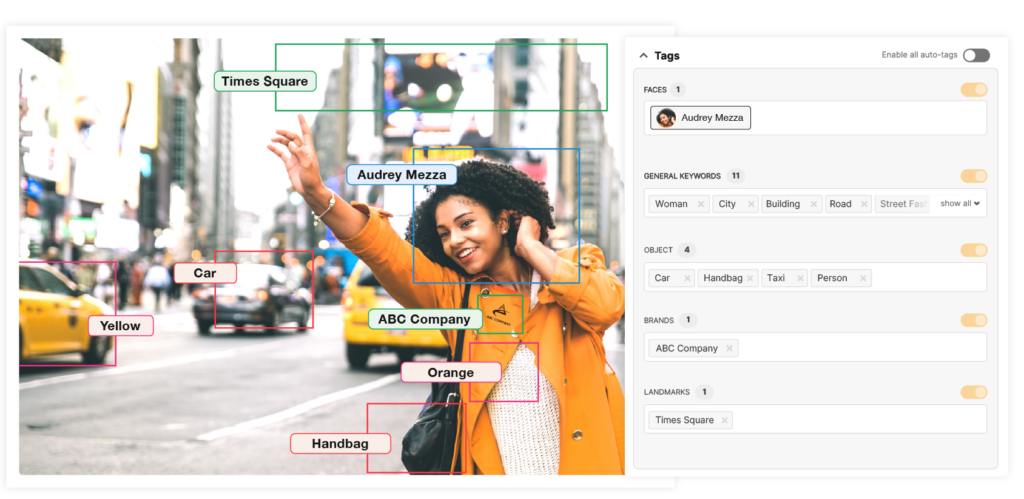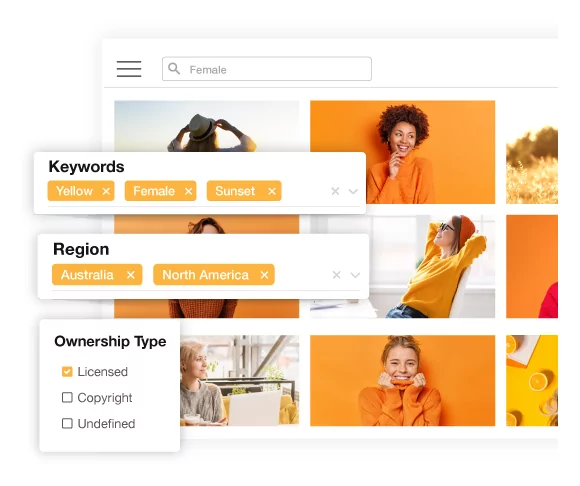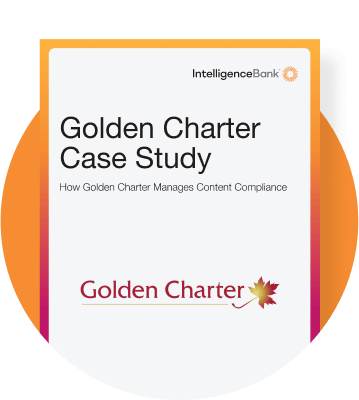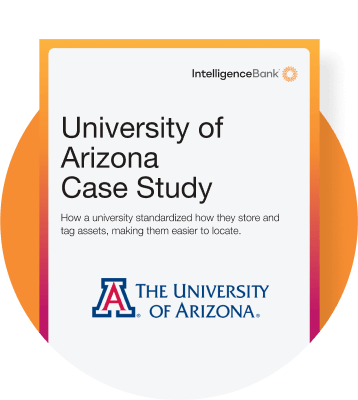Tagging is a key feature of Digital Asset Management (DAM) systems. In fact it’s arguably the most crucial feature of a DAM. It’s what separates a DAM from other file management systems. The ability to tag digital assets, not only makes them easier to organize and search, but also provides valuable context.
Tagging a creative asset such as an image, video or audio file simply means you’re adding descriptive labels or keywords to it so that it’s easier to find and use later. Tagging has never been a bad idea, but it’s even more useful today as the volume of our digital assets grows exponentially. Every year we manage to create more than the last, so our total bank of assets is continually compounding. And that’s OK if they’re tagged properly so you can find them. If not, you end up with a Russian doll of share drive dumpster fires. Unable to find assets you know to exist, or taking 5x the hours to find them.

How Tags Work in a DAM
Tags are keywords or phrases assigned to digital assets to describe their content and context. They serve as metadata (data about your file), providing additional information about an asset beyond its file name or location. For example, a photograph of a classroom might also be tagged with terms like “students,” “laptops,” “study,” “geography,” “2025” as well as the school and teacher’s name. These tags make it simpler to locate and manage the asset amongst thousands of similar images in your digital library.

Why Tags Are So Important
The ability to find assets via tagging is the core reason to invest in a DAM system.
Tags in a DAM system are like the nervous system in the human body. Just as the nervous system transmits signals and coordinates functions across the body, tags connect and organize digital assets, ensuring smooth and efficient access and retrieval. Without the nervous system, the body couldn’t function properly, much like a DAM system without tags. Here are some examples of the power of tags:
- Enhanced Searchability
Since tags allow any user to perform highly granular keyword searches and filter results, they drastically reduce the need for historical knowledge needed to locate the asset or group of assets. There is no barrier to what tags you can attribute to an asset. Generally users tag them with people, places, things, dates, campaigns and content type. Tags can be manually entered or generated using AI technology such as facial and object recognition.
- Flexible Organization
Unlike folders, which constrain an asset to a single location, tags allow an asset to be categorized under multiple keywords. For example, an image of a company event can be tagged with “event”, “2025”, “marketing”, and “team-building”.Tags also allow you to easily add, change, or remove labels on your files whenever you want, letting you reorganize and find your assets without having to move them to different folders.
Improved Consistency and Accuracy
Tags help standardize common search terms. Organizations can establish standardized tag lists and guidelines, ensuring consistent tagging across all assets. This reduces variability and improves the accuracy of searches. Automated tagging systems, particularly those powered by AI, can minimize human error by consistently applying tags based on predefined criteria and content analysis, (more on this later).
AI tagging picks up things the human eye may miss. People can easily overlook certain critical details especially when dealing with large volumes of data. AI, on the other hand, maintains a high level of accuracy and reliability.It also helps with bias reduction. While AI can inherit biases from its training data, it generally applies tags based on objective analysis rather than subjective judgment, reducing the risk of biased or incomplete tagging.
- Enhanced Collaboration and Sharing
Team members can contribute to the tagging process, adding relevant tags as they use and interact with assets, enriching the metadata and improving searchability over time.
Pitfalls of Using Basic File Management
Without tags, finding a specific asset amongst a massive collection can be not only a near impossible task, but such a waste of precious time. Traditional methods of asset management, such as using SharePoint or basic file storage systems, rely heavily on folder structures and file naming conventions. While these methods can work, they have significant limitations that can hinder efficiency and productivity, especially as the volume of assets grows.
- Complex Navigation
As the number of assets increases, so does the complexity of the folder hierarchy. Users must navigate through multiple levels of nested folders to find specific files, which can be time-consuming and frustrating.With large teams or organizations, the folder structure can become overloaded with numerous subfolders, each created based on different criteria (projects, dates, departments, etc.). This complexity makes it difficult to locate specific assets quickly.
- Inconsistent Naming
Different team members might use different naming conventions for files, leading to inconsistency. For instance, one person might name a file “Marketing_Campaign_Q1 2025” while another names it “Q1_Marketing_Campaign”. And let’s not even begin to discuss ‘final’ and ‘final final’ labels. Add in typos, abbreviations, and you can end up with some wildly varying levels of detail in file names that adds a layer of complexity to search that nobody needs. And often because of confusion, you end up with duplicate files – all with slightly different names – which clutter the storage system, causing further confusion and inefficiency.Even if you have file naming conventions in your team, there are likely to be inconsistencies between departments, particularly in larger organizations.
- Limited Search Capabilities
Basic systems often lack advanced granular search functionalities, making it hard to find specific assets based on content or context. They rely on basic search functions that look for exact matches in file names. This limitation makes it challenging to find assets based on content or context

Tags address these issues by offering a more dynamic and flexible way to organize and retrieve digital assets, overcoming the limitations of traditional methods. They bypass the rididity of folder structures and inconsistent file names, and makes your search a whole lot more intuitive.
Who uses Image Tagging?
The sheer volume of visual content generated daily is staggering and spans all industries, whether it’s government agencies with swaths of marketing material, businesses handling vast product catalogs or media companies archiving extensive photo libraries, the challenge of efficiently managing and organizing these images is ubiquitous.
AI tagging helps creators quickly find relevant assets for campaigns, ensuring consistency and relevance in brand messaging.
The Media and Entertainment Industry
Large production houses and media companies can organize libraries efficiently with AI tagging, enabling rapid retrieval of video clips and assets for production purposes. The tagging helps identify useful details about the asset that may be critical to fact checking.
E-commerce Sites
AI tagging assists in organizing product images and descriptions, making it easier for customers to find what they’re looking for and enhancing the overall shopping experience.
Education and Research
Academic institutions and research organizations can manage vast repositories of documents, images, and videos, facilitating easier access to educational materials and research data.
If your creative assets are hard to find and lack supporting information, chances are this will disrupt your entire workflow.
Types of Assets That Can Be Tagged
- Images: Photos, graphics, illustrations, etc.
- Videos: Clips, full-length videos, animations, etc.
- Audio Files: Music, podcasts, sound effects, etc.
- Documents: PDFs, Word documents, presentations, spreadsheets, etc.
How Are Tags Generated?
Tags can be generated in two main ways: manually or automatically via AI.
- Manual Tagging
Manual tagging involves users adding tags to assets individually. While this method allows for precise and contextually relevant tags, it is time-consuming, especially for large volumes of assets. However, manual tagging can be very effective when highly detailed or specific tags are needed, as users can apply their background knowledge. - AI-Powered Tagging
AI can process and tag thousands of assets almost instantaneously. What might take a team of humans days or even weeks to accomplish, AI can do in minutes or hours.AI-powered tagging uses algorithms to instantly scan and analyze the content of digital assets and automatically generate relevant tags. AI systems can identify objects, people, places, logos colors and other elements within an asset, generating accurate and comprehensive tags without human intervention. It picks up locations by identifying landmarks within assets, which is particularly useful for organizing travel content, event footage, or geographically relevant materials.
AI can also identify topics discussed in video and audio and tag accordingly. This frees up your team from repetitive tasks so they can use their time more productively on say, content creation or strategic analysis and ideas to drive the business.
The Tagging Process
The tagging process in a DAM system is straightforward and flexible. Here are the typical steps involved:





